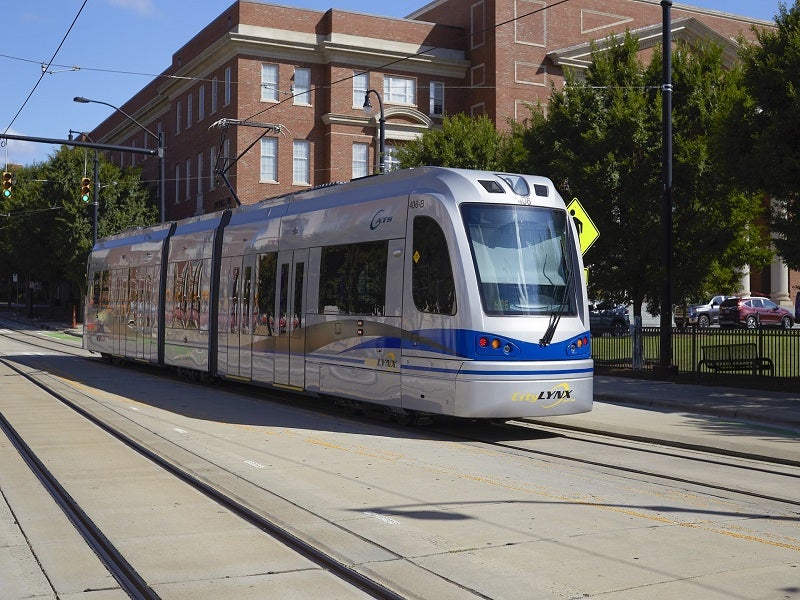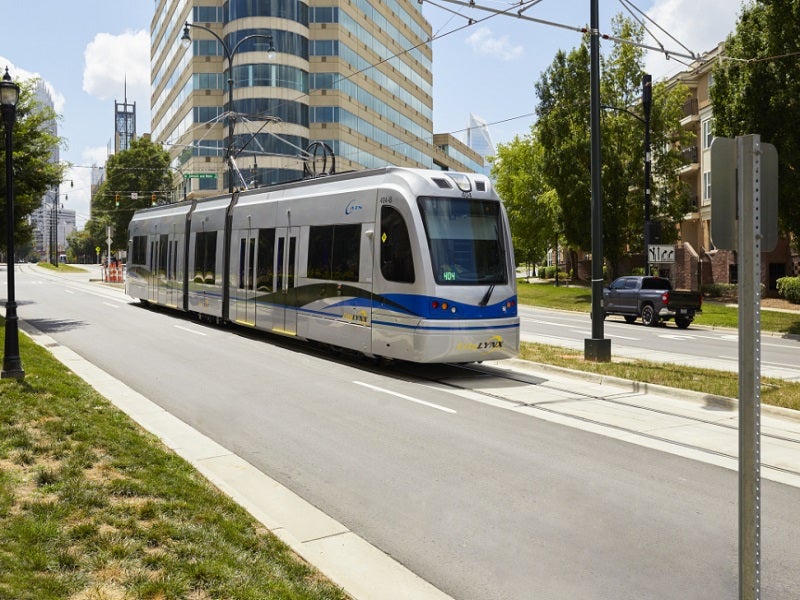The S700 streetcars are designed and built by Siemens Mobility, a transport solutions provider based in Germany. The new streetcars represent the latest evolution of the company’s fully electric S70 low-floor vehicle platform.
The S700 streetcars are manufactured at Siemens Mobility’s Sacramento, US, site, which is a full-scale modernised, solar-powered facility. The vehicle provides the flexibility to be converted into a light rail vehicle (LRV) in the future.
The streetcars improve connectivity in the US cities, providing urban proximity by linking bars, restaurants, and pedestrian areas located along the route.
Siemens Mobility was awarded a contract by Charlotte City Council to build and supply six new S700 Streetcars for the Charlotte Area Transit System (CATS) in late 2016. The new streetcars with advanced hybrid technology entered revenue service in August 2021.
Charlotte’s S700 streetcars serve the second phase expansion of the CityLYNX Gold Line of CATS. The vehicles were procured to replace the existing green and yellow streetcars on the line. The second phase expanded the line by 4.02km to a total length of 6.43km.
S700 streetcars design and features
The bi-directional S700 streetcar is based on Siemens Mobility’s S700 LRV platform. The double articulated platform is intended for street-level operation.
The S700 features a lightweight body made up of steel and is built with innovative design features, which along with the open, continuous low-floor architecture provide improved accessibility for passengers. The unobstructed floor design provides space for four wheelchair areas and two bicycle racks.
The vehicle is designed to comply with the accessibility and safety standards of the US. It has a length of up to 27.4m, a width of 2.6m, a height of 3.8m, and a track gauge of 1,435mm. It has a maximum operating speed of 40.23km/h, while its passenger-carrying capacity is approximately 195.
The vehicle is equipped with advanced technology features such as traffic light pre-emption capability, and 3D infrared sensor technology for automatic counting of passengers.
Two heating, ventilation, and air-conditioning (HVAC) systems are installed in the roof of the vehicle to maintain thermal comfort and air quality inside the vehicle.
Passenger facilities
Each streetcar has eight wide-opening sliding plug doors, with four on each side. The arrangement of the doors allows more passengers to enter and exit the vehicle.
Special considerations for persons with reduced mobility include priority seating and low-level doorway ramps to help during boarding and alighting from the vehicle.
Passengers can enjoy outdoor views due to the large windows. The interior surveillance system enhances passenger safety.
The on-board passenger information system delivers automated announcements to provide real-time information to passengers. It includes features such as intercoms to connect passengers and the operator, and display systems inside and outside the vehicle to indicate the destination.
S700 streetcars propulsion and power
The S700 streetcar can run on 750V DC overhead voltage when it receives electric energy from an overhead catenary system (OCS).
It can also be configured to support catenary-free operations using an on-board energy storage system (OESS) that provides energy to the propulsion system.
The hybrid technology enables the battery to recharge the streetcar when operational on lines equipped with a catenary system.
Each streetcar has six axles, of which four are powered. The vehicle features two powered bogies and a non-powered centre bogie.






